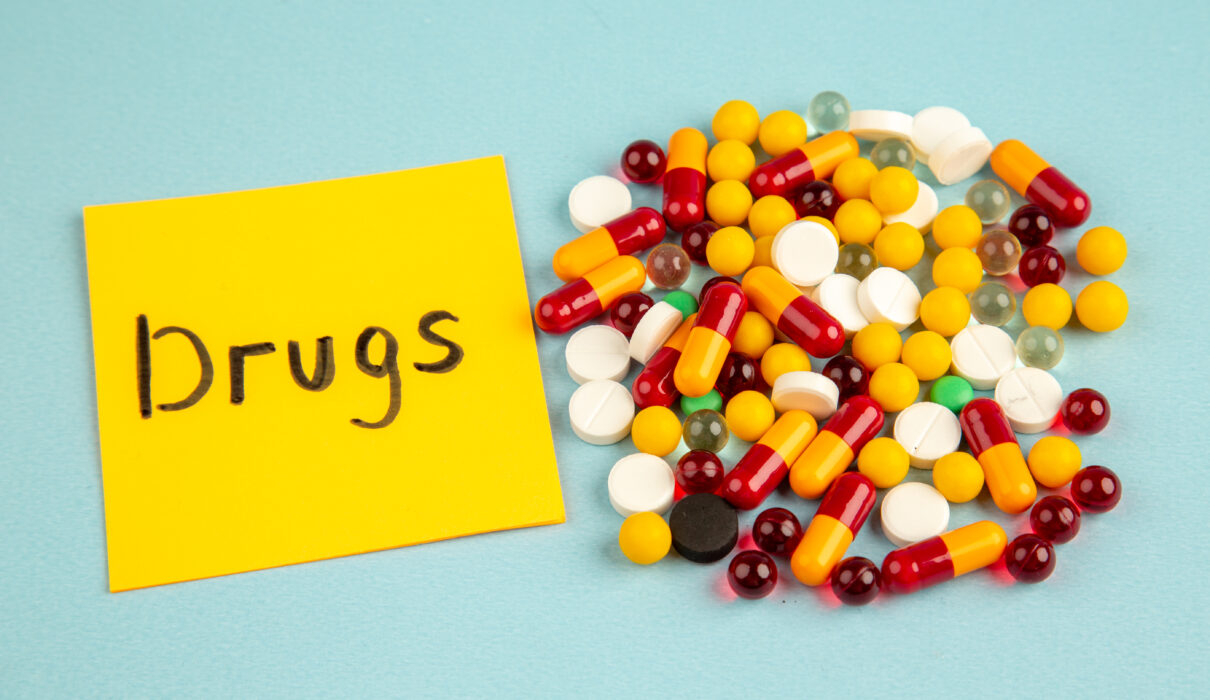Medical progress is extraordinary. Specifically, drugs are being used to treat bipolar disorder, allowing these patients to stabilise their mood. What are mood stabilisers?
Imagine a roller coaster, the quintessential amusement park ride . When you’re riding a roller coaster and the ride begins, you may feel euphoric, but when you reach the top and the ride begins to descend, some people may experience fear, anxiety, or desolation.
Imagine this happening to your mood, day after day, week after week. Something similar happens in bipolar disorder, where there are manic episodes (the ups) and depressive episodes (the downs). Mood-stabilizing drugs have been used to reduce the mood swings in these patients.
Bipolar disorder (BD) is a serious mental disorder with a high suicide rate. The suffering of people with BD is immense, which is why before discussing treatment with mood-stabilizing drugs, we will proceed to define this clinical entity.
“Bipolar disorder, among affective disorders, has the highest suicide rates.”
-Gonda-
Bipolar disorder
TB is a chronic disorder, meaning it has no cure . For its diagnosis, it is necessary that there is or has been a manic or hypomanic episode at some point. The affectivity of these people is characterized by going through phases of hyperactivity or hyperexcitement (mania and hypomania ), which alternate with periods of sadness and behavioral inhibition (depressive phases) and moments of clinical stability ( euthymia ). In addition, people with TB may present mixed episodes, which consist of simultaneously presenting depressive and manic symptoms.
Manic episodes in TB are characterized by a heightened and expansive mood for at least one week, which can lead to irritability. They are also accompanied by other symptoms such as excessive activity or decreased need for sleep, and they profoundly interfere with a person’s daily functioning.
For psychology professor Amparo Belloch, hypomanic episodes are similar to manic episodes, but hypomania does not interfere with a person’s daily life .
Mood stabilizing drugs
People with psychological problems experience emotional turbulence from time to time, and this is normal. However, people with BD need treatment that helps prevent mania, that is, that allows them to stabilize the manic pole.
In this article we are going to discuss two groups of stabilizing agents that are frequently used: lithium and anticonvulsants.
1. Lithium salts
For some authors, it is the cornerstone of pharmacological treatment in TB . Lithium is the classic mood stabilizer, so called because it has been used for more than 50 years in the treatment of TB. It is an ion whose mechanism of action is still unknown and, although this is so, its effectiveness in manic episodes and in preventing relapses is proven and documented.
It is a mood stabilizer due to its anti-manic effect . In fact, it is the first-line treatment for all phases of TB, especially for those patients in whom manic episodes predominate.
Although its mechanisms of action are not fully known, it is believed that it could increase serotonin and norepinephrine levels (consequently producing an antidepressant effect), while regulating dopamine levels (producing the anti-manic effect).
Lithium requires close medical monitoring because its concentration in the blood must be between 0.6 and 1 mmol/l and its levels can easily be altered by everyday factors such as the amount of salt in the diet.
Its adverse effects are broad and include gastrointestinal symptoms such as dyspepsia, nausea, vomiting and diarrhea, as well as weight gain, hair loss, acne, tremors or sedation.
2. Anticonvulsants as mood stabilizers
There are some drugs used in the treatment of epilepsy that may be useful in the treatment of TB. Although their mechanism of action is also unknown, it is believed that they could modulate the action of the neurotransmitter GABA , associated with calm and relaxation. Among the most commonly used anticonvulsants we find:
- Valproic acid. Together with lithium, it is one of the most commonly used mood stabilizers. Its use should be avoided in pregnant women because it can cause malformations in the fetus, as well as in women of childbearing age. Treatment with this drug should also be closely monitored because its blood levels should remain between 50 and 100 mg/L. The effectiveness of valproic acid on the manic phase of BD is proven and it is also effective in the treatment of migraine .
- Carbamazepine. It was the first anticonvulsant to be shown to be effective in the manic phase of BD. Its side effects include skin rashes and changes in sodium levels ( hyponatremia ). It also requires adequate medical supervision because its blood levels must remain between 5 and 12 µg/ml. Its effects on the fetus are well known, so it should be avoided in pregnant women and women of childbearing age. This drug is also useful in the treatment of neuropathic pain .
- Oxcarbamazepine. It is similar to the previous one, with the advantage that it is not necessary to monitor its blood concentration levels and it has fewer side effects.
- Lamotrigine. This drug has a strong scientific evidence base when it comes to preventing both depressive and manic episodes in TB. It is one of the few psychotropic drugs that acts on bipolar depression. In addition, it is generally well tolerated by patients.
Today, there are numerous tools available that allow intervention in bipolar disorder and prevention of its recurrence.
Recurrence tells us about repeated relapses after having gone through a phase of full recovery. Despite the above, it is still necessary to continue to do much more research and implement health policies that combat the stigma associated with TB and allow the full integration of these people as an essential and important part of our society.


